
Art | Resources
Rack for Sprouting Jars
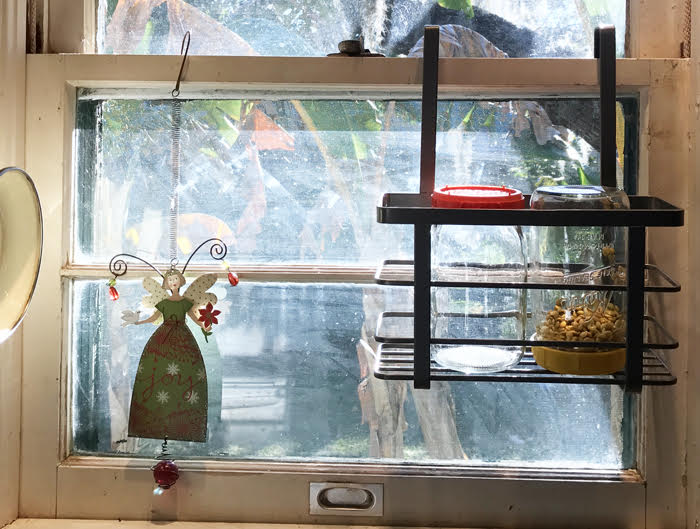
For years I have been wanting to grow sprouts at home, but didn’t because I couldn’t figure out where to put the jars that would:
- have enough light
- be near a water source
- be in a place where it’s OK to drip
- not get in the way of other things I’m doing
- be in a place where I would see them on a regular basis so I would remember to water them and could monitor their progress
Finally, yesterday I came across sprouting yet again and wanted to do it. But again ran into the question “where do I put the jars?”
You know that old saying. “Where there’s a will there’s a way.”
Well I decided I was going to figure out where to put the jars so I could sprout.
And then last night I went to Target to buy another half-gallon glass refrigerator pitcher and then decided to just walk around the store and see if I could find something that would hold the sprouting jars.
And I did! I found these metal baskets that I could hang in my kitchen window right over the sink and they are perfect in every way! They are designed to hang on a cabinet door to hold cleaning supplies, but I just used it for a different purpose. I would give you the link but this item doesn’t seem to be on the Target website. It might be in your local store.
Anyway, if this type of basket would be useful for you in some way, search for “cabinet basket” and you’ll find similar products.
The Greatest Danger to Firefighters Isn’t the Fire—It’s Cancer from Toxic Smoke

An article in this month’s Boston Magazine tells how chemicals released from the items in homes as they are burning are more deadly than the fire itself.
Today’s homes and offices are jam-packed with plastics, electronics, and furniture covered in flame-retardants. “When they combust,” Finn explains about household goods, “they are extremely toxic.” That means the smoke firefighters are exposed to is often loaded with a litany of septic chemicals—formaldehyde, vinyl chloride, chlorophenols, dioxins, trichloroethylene, ethylene oxide, polychlorinated biphenyls, methylene chloride, orthotoluidine, and arsenic, to name a few. Alone, any one of these may be harmful; mixed together they could make a potent cocktail of carcinogens with the capacity to do untold damage to the body’s organs, cells, and DNA.
It might seem odd that flame-retardants—ostensibly a firefighter’s best friend—would be a problem. They are, after all, designed to help slow the spread of fires or prevent them from starting in the first place. For decades, chemical mixtures were added to couches, mattresses, drapes, highchairs, cribs, televisions, computers, and countless other household items. But these chemical mixtures are not foolproof. They become ineffective at high temperatures, and when they go up in smoke they can take on the form of carcinogenic particles that are easy to inhale and capable of seeping through skin and into the bloodstream.
Read more at…
BOSTON MAGAZINE: Why Cancer Is Killing Boston’s Firefighters
Nontoxic Cat Box Cleaner
Question from Mary
Hi Debra,
I am looking for a toxic free way to clean the cat boxes. I have always used bleach to soak them in.
Debra’s Answer
I don’t have a cat. Readers, how do you clean your cat box in a nontoxic way?
Can Vitamins Protect You From Air Pollution?

A new study from the Mailman School of Public Health at Columbia University in New York, found that a combination of vitamins could help protect your health when exposed to high levels of fine particles in the air.
An international research team found that a combination of three B vitamins – folic acid, B6 and B12 – could strengthen the self-defence mechanism of genome molecules, which are prone to mutate when exposed to high levels of PM2.5 (respirable suspended particles with a diameter of 2.5 microns or less). In addition, these vitamins could help healthy adults offset the inflammatory and other symptoms of short-term exposure, especially if they came from an area low in pollution.
While no dosages have yet been given, researchers recommended eating more food rich in vitamin B when traveling to an area of high air pollution. Leafy green vegetables and beans which are rich in folic acid. Fish, beef liver and starchy vegetables are high in B6. And B12 requires eating animal products, such as fish, meat, eggs and milk.
This is the first test on living humans to suggest a remedy for genetic damage caused by smog.
Well known symptoms of smog exposure include chest pain, dizziness, headaches and heart disease. Smog has also been associated with an increased in death rates, damage to human brain cells and interfering with the way genes work.
More than 90 per cent of the world’s population live in places where the annual average PM2.5 level is worse than the 10mcg per cubic metre of air recommended by the World Health Organisation.
SOUTH CHINA MORNING POST: How vitamins can protect you from the damaging effects of air pollution
What’s a Miswak? And Why Should You Use It Instead of a Toothbrush?
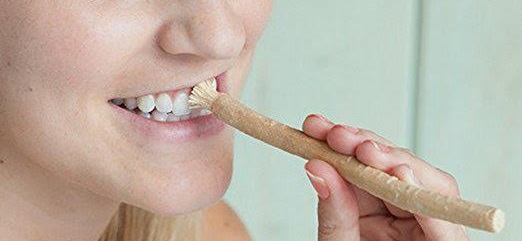
Almost two years ago I posted a link on Debra’s List for a miswak. I didn’t make a big deal out of it because it was the only one and the first of it’s kind and I hadn’t tried it.
“I still haven’t tried it, but suddenly this past week I became aware of three websites selling miswaks, and posted them as well, and there may be even more, and more coming. I think it’s time to get one and try this out.”
So I thought I’d better tell you what it is.
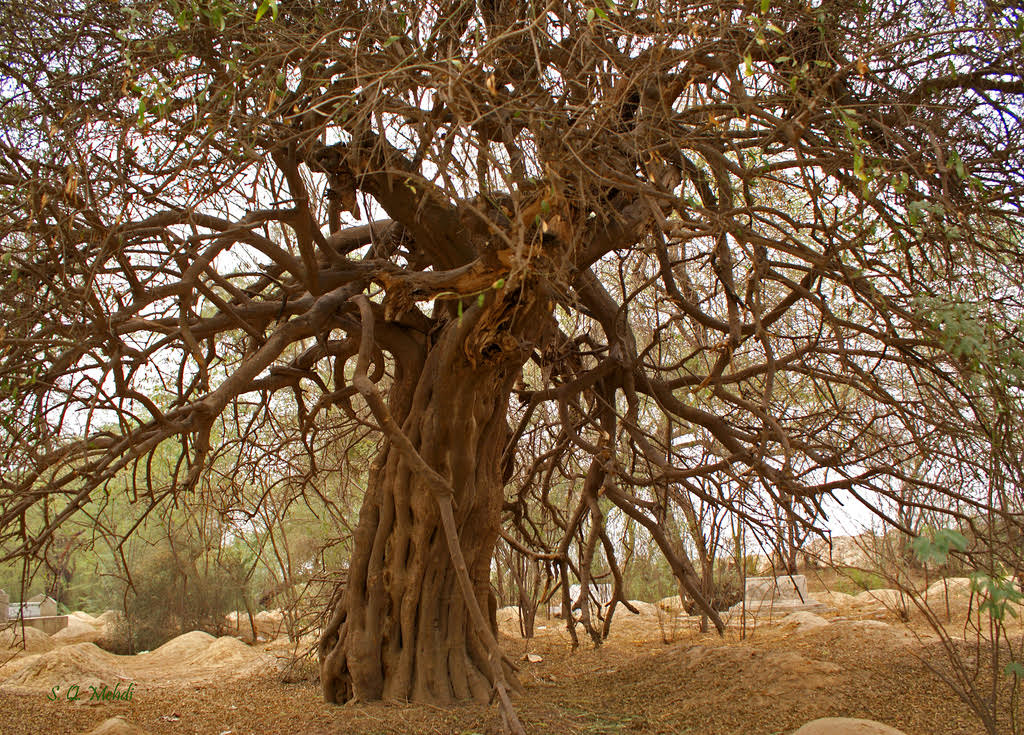 A miswak is a natural “tooth-stick” made from a tree branch. Cut specifically from the tree ‘Salvadora persica’ it has a unique chemical composition that works exceptionally well to naturally clean and whiten teeth. It’s not a new thing. This is a traditional and natural alternative to the modern toothbrush, known to be in use for more than 7000 years and is still used today in Arabic countries, India, and parts of Africa.
A miswak is a natural “tooth-stick” made from a tree branch. Cut specifically from the tree ‘Salvadora persica’ it has a unique chemical composition that works exceptionally well to naturally clean and whiten teeth. It’s not a new thing. This is a traditional and natural alternative to the modern toothbrush, known to be in use for more than 7000 years and is still used today in Arabic countries, India, and parts of Africa.
The Journal of Health says, “It it has been found that if a miswak is used correcly, then it is more effective in reducing plaque and gum disease than that of a toothbrush due to its antibacterial properties and brushing action.”
It’s toothbrush, toothpaste, and tooth whitener all in one. It requires no water or toothpaste, so you can carry it with you and use it at any time.
These tooth-sticks are also free from chemicals and pesticides. They are just sticks in their natural state. But very special sticks with unique characteristics that are perfect for our teeth.
I love products like this which provide a completely natural, non-industrial alternative to a common industrial product, and outperforms us. It just reaffirms my belief that everything we need to be healthy exists in Nature. We just need to find it and use it.
JOURNAL OF AYURVEDA AND INTEGRATIVE MEDICINE: Miswak: A Periodontist’s Perspective
WIKIPEDIA: Miswak
Scientific studies documented
THE SAUDI DENTAL JOURNAL: A Review on Miswak and it’s Effect on Various Aspects of Oral Health
Miswaks on Debra’s List
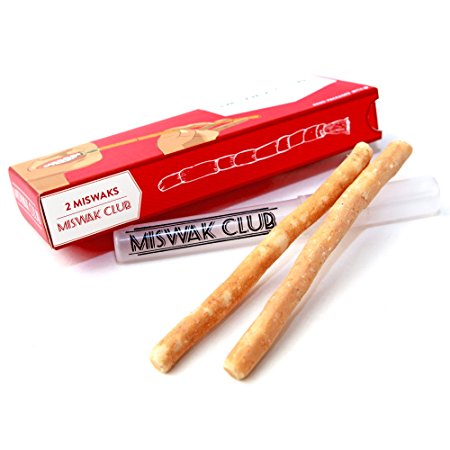
|
|
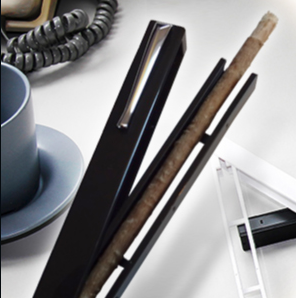
|
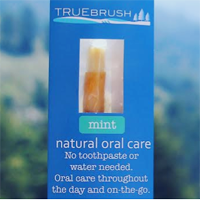
|
Blue Apron
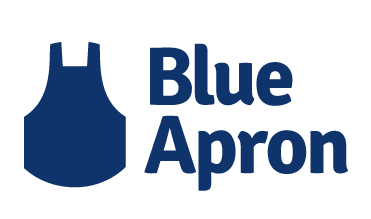 A service that delivers fresh ingredients and recipes for you to cook yourself at home. What makes Blue Apron different from other similar services is they have relationships with farmers to source the ingredients they send you directly from the farm. Their chefs and farmers work together to send you ingredients and recipes that are seasonal and sustainable. This means better ingredients, better pricing, and less food waste. Read more at Our Vision. Many, but not all, of their ingredients are USDA certified organic. In general, they support farmers who use regenerative farming practices, whether they are certified or not. Read more at Are Your Ingredients Organic?.
A service that delivers fresh ingredients and recipes for you to cook yourself at home. What makes Blue Apron different from other similar services is they have relationships with farmers to source the ingredients they send you directly from the farm. Their chefs and farmers work together to send you ingredients and recipes that are seasonal and sustainable. This means better ingredients, better pricing, and less food waste. Read more at Our Vision. Many, but not all, of their ingredients are USDA certified organic. In general, they support farmers who use regenerative farming practices, whether they are certified or not. Read more at Are Your Ingredients Organic?.
Stasher
![]() “The first and only self-sealing, air-tight, non-plastic bag in the world.” Made from clear silicone, it has a pinch-press seal and can be reused 3000+ times. Silicone is “low toxicity and odorless.”
“The first and only self-sealing, air-tight, non-plastic bag in the world.” Made from clear silicone, it has a pinch-press seal and can be reused 3000+ times. Silicone is “low toxicity and odorless.”
One White Apple
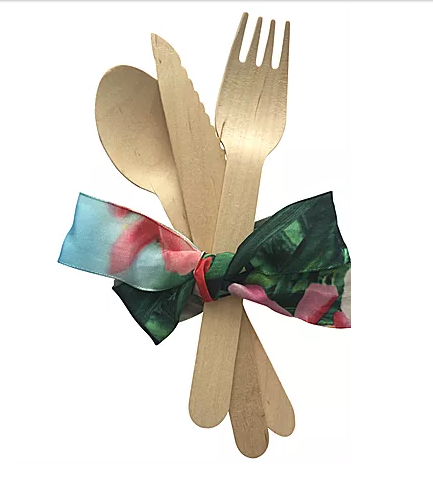 Wooden cutlery made of solid birch wood. “1oo% nontoxic.” Biodegradable and compostable.
Wooden cutlery made of solid birch wood. “1oo% nontoxic.” Biodegradable and compostable.
Twig Brush
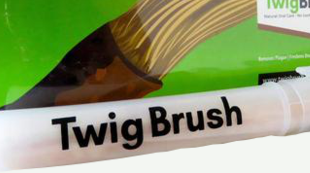 Natural “miswak” tooth-stick from the Peelu tree. Comes with a storage case.
Natural “miswak” tooth-stick from the Peelu tree. Comes with a storage case.
Penwak
 “Miswak” tooth-stick from the Peelu tree. Plus sleek swivel cases so you can carry your miswak hygienically.
“Miswak” tooth-stick from the Peelu tree. Plus sleek swivel cases so you can carry your miswak hygienically.






